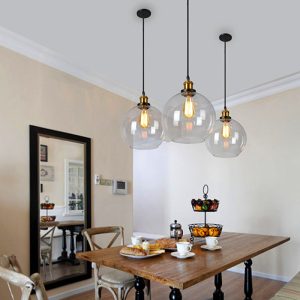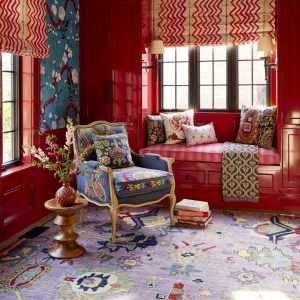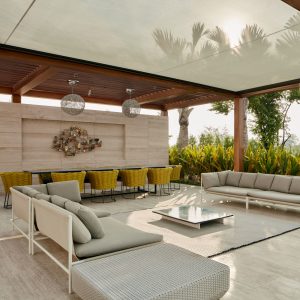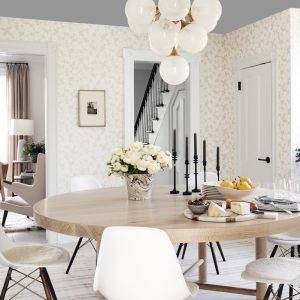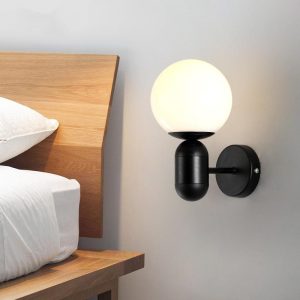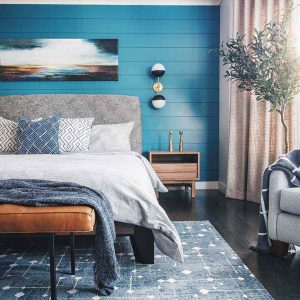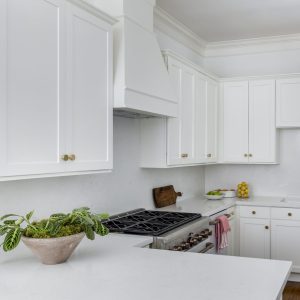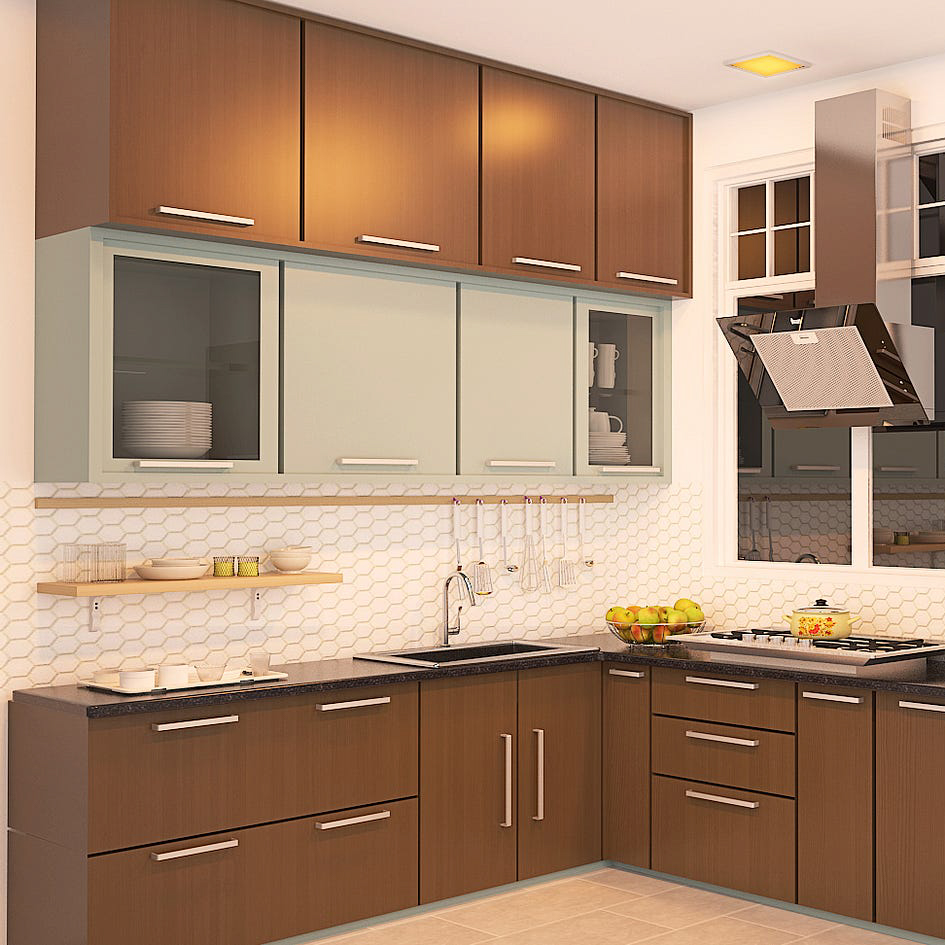
Introduction
When it comes to kitchen designs, the Scandinavian style has been gaining popularity over the years. Known for its simplicity, functionality and minimalism, the Scandinavian kitchen manages to combine rustic charm with contemporary elegance. With its neutral color palette, clean lines, and natural materials such as wood, it creates a cozy, welcoming, and warm atmosphere that is perfect for cooking and gathering with friends and family.
The Minimalist Approach
One of the most distinctive features of Scandinavian kitchens is their minimalist approach to design. The focus is typically on functionality, so there is little room for clutter or unnecessary embellishments. This means that storage solutions are often built-in, appliances are hidden, and only essential items are on display. By taking this approach, the space feels uncluttered and clean, which in turn helps to create a calming environment.
Neutral Colors and Natural Materials
Scandinavian kitchens tend to feature a predominantly neutral color palette, with whites, grays, and beiges being the most common. This allows the natural materials used in the space, such as wood and stone, to take center stage. Wood is a popular choice for cabinetry, flooring, and even as a decorative element on walls and ceilings. It adds warmth and texture to the space, which is important in a room that can feel sterile if not correctly designed.
Lighting and Ambience
When it comes to lighting, the Scandinavian approach is to focus on creating a warm and inviting atmosphere. Lighting fixtures tend to be simple and functional, such as pendant lights or track lighting, but they are placed strategically to highlight certain areas of the kitchen, such as the countertops or an island. Additionally, candles and other soft lighting sources are often used to create a cozy and intimate atmosphere, perfect for entertaining or enjoying a romantic dinner.
The Rustic Element
While the minimalist approach dominates the Scandinavian kitchen design, it also includes rustic elements that add warmth and character to the space. These rustic touches include hardwood floors, exposed brick walls, and vintage or handcrafted ceramics, which add depth and personality to the space. Woven baskets, potted plants and natural textiles, such as wool or linen, also bring warmth and texture to the room.

